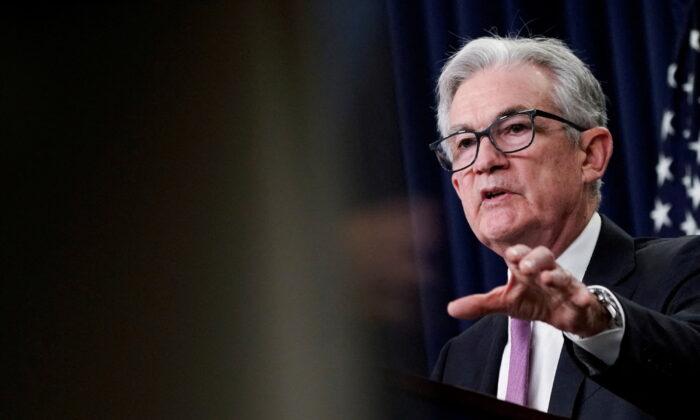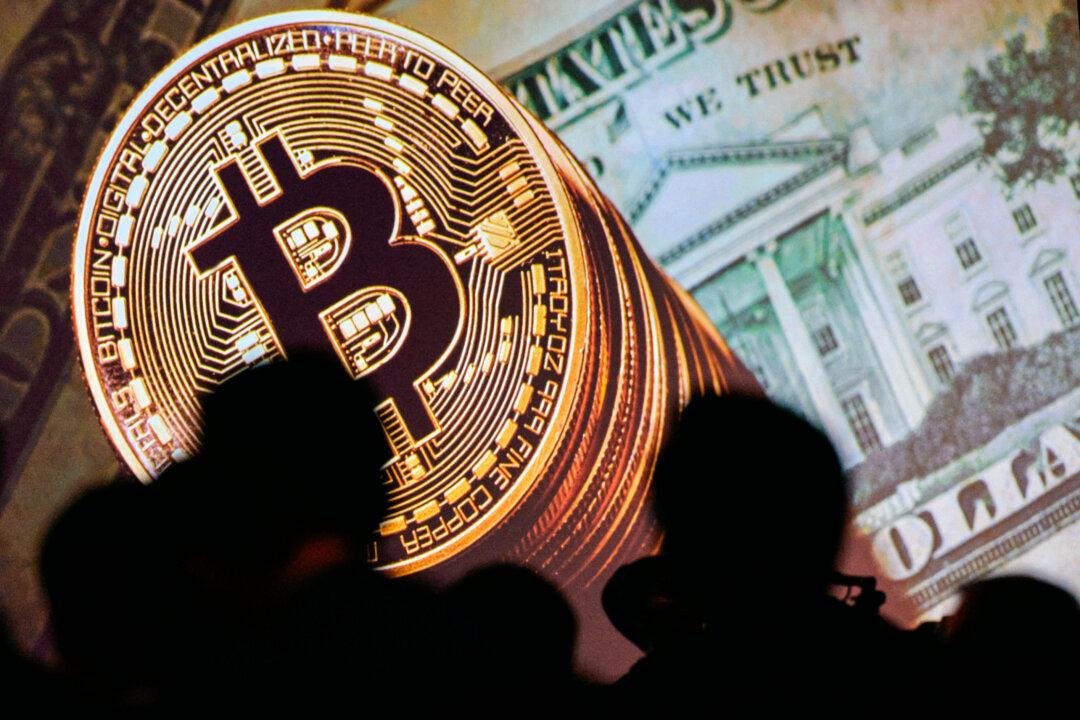Federal Reserve Chair Jerome Powell had a message for the U.S. economy and the financial markets: Prepare for “some pain” ahead, and higher inflation-busting interest rates are here to stay.
Powell recently delivered his much-anticipated Jackson Hole Economic Symposium speech, and his hawkish remarks disappointed investors.
When the Fed started its tightening cycle in March, the head of the central bank routinely said the institution could navigate the economy to a soft landing rather than a hard crash. In this environment, inflation is defeated, the labor market remains relatively intact, and economic growth persists.
But now, he’s changed his tune.
“While higher interest rates, slower growth, and softer labor market conditions will bring down inflation, they will also bring some pain to households and businesses,” Powell said in his prepared remarks. “These are the unfortunate costs of reducing inflation. But a failure to restore price stability would mean far greater pain.”
According to KPMG Chief Economist Diane Swonk, Powell essentially buried the idea of a soft landing. Instead, his new objective is ostensibly steering the post-pandemic nation to a more realistic “growth recession,” a term coined in 1972 that describes a situation of tepid growth and rising unemployment. With his statement, he’s signaling the Fed grinding the economy to a halt to rein in four-decade high inflation, according to Swonk.
“It’s a bit like dripping water torture,” she told Bloomberg. “It is a torturous process, but less torturous and less painful than an abrupt recession.”
If joblessness rises, it creates a domino effect as consumers begin to trim their spending behaviors. This would weigh on the growth rate of gross domestic product, which has already contracted for two straight quarters.
What about the stock market?
Get Ready for Higher for Longer
Institutional investors and retail traders are hitting the sell button as the leading benchmark indexes have recorded immense losses. Since Powell left the podium, the Dow Jones Industrial Average has lost about 5 percent, the S&P 500 Index tumbled by more than 4 percent, and the Nasdaq Composite Index declined by close to 5 percent.Although investors had initially believed that the Fed might hint that it would ease its tightening efforts in response to slowing inflation growth and weakening economic metrics, investors are bracing for “higher for longer” interest rates, according to John Lynch, CIO at Comerica Wealth Management.
“Jerome Powell’s message was clear, and investors must respect the history of previous tightening cycles—monetary officials have historically viewed policy as restrictive only after the fed funds rate exceeded that of the annual growth rate of consumer inflation,” Lynch wrote in a note.

Loretta J. Mester, president of the Federal Reserve Bank of Cleveland, looks on at Teton National Park, where financial leaders from around the world gathered for the Jackson Hole Economic Symposium outside Jackson, Wyo., on Aug. 26, 2022. Reuters/Jim Urquhart
Despite the dot-plot inside June’s Summary of Economic Projections (pdf) showing a median year-end fed funds rate of 3.4 percent, there’s now growing anticipation among investors that the institution will raise the benchmark rate to between 3.75 percent and 4 percent by the end of 2022.
These expectations were fueled after Loretta Mester, president of the Federal Reserve Bank of Cleveland, told the Dayton Area Chamber of Commerce on Aug. 31 that the central bank will need to increase rates to more than 4 percent by early next year and keep them there to successfully combat inflation.
“My current view is that it will be necessary to move the fed funds rate up to somewhat above 4 percent by early next year and hold it there,” she said. “I do not anticipate the Fed cutting the fed funds rate target next year.”
New York Fed Bank President John Williams told The Wall Street Journal on Aug. 30 that officials must get the policy rate “somewhat above” 3.5 percent and leave it there until the end of next year.
“Based on what I’m seeing in the inflation data, and what I’m seeing in the economy, it’s going to take some time before I would expect to see adjustments of rates downward,” Williams said.
All eyes will be on the policy meeting of the Federal Open Market Committee (FOMC) on Sept. 20 and Sept. 21. According to the CME FedWatch Tool, the market is mostly penciling in a 75 basis-point rate increase. The current target range is 2.25–2.50 percent for the federal funds rate.





